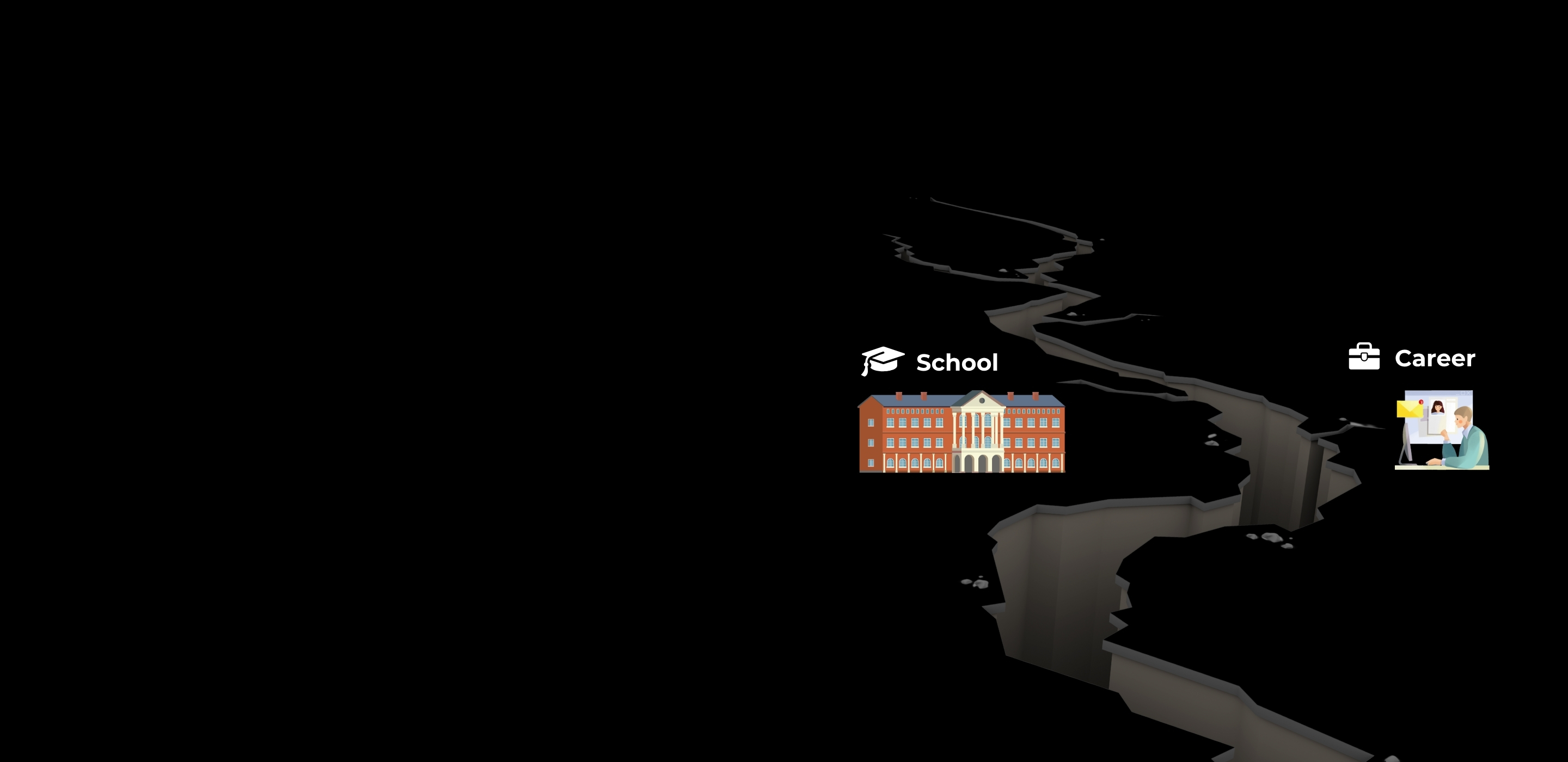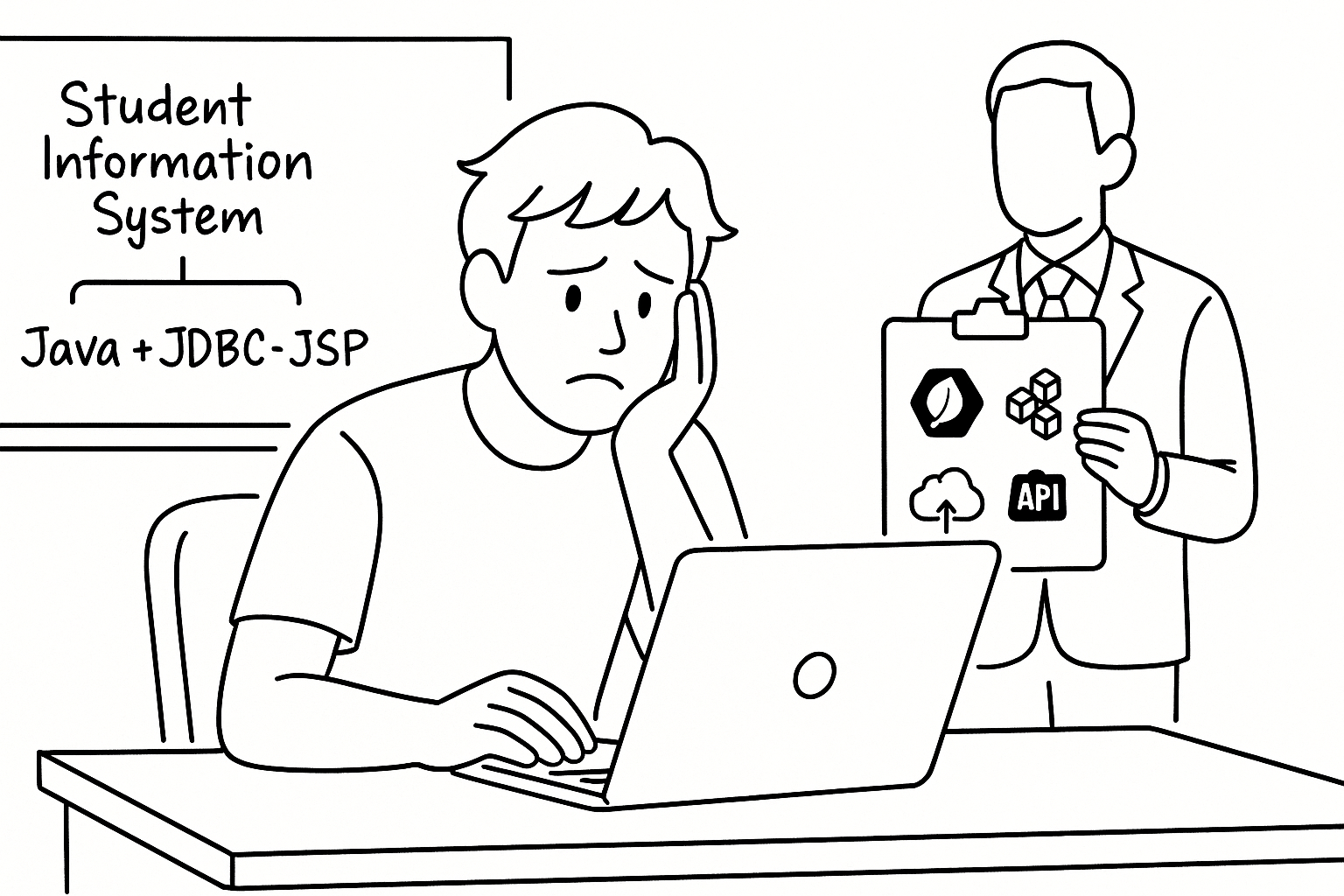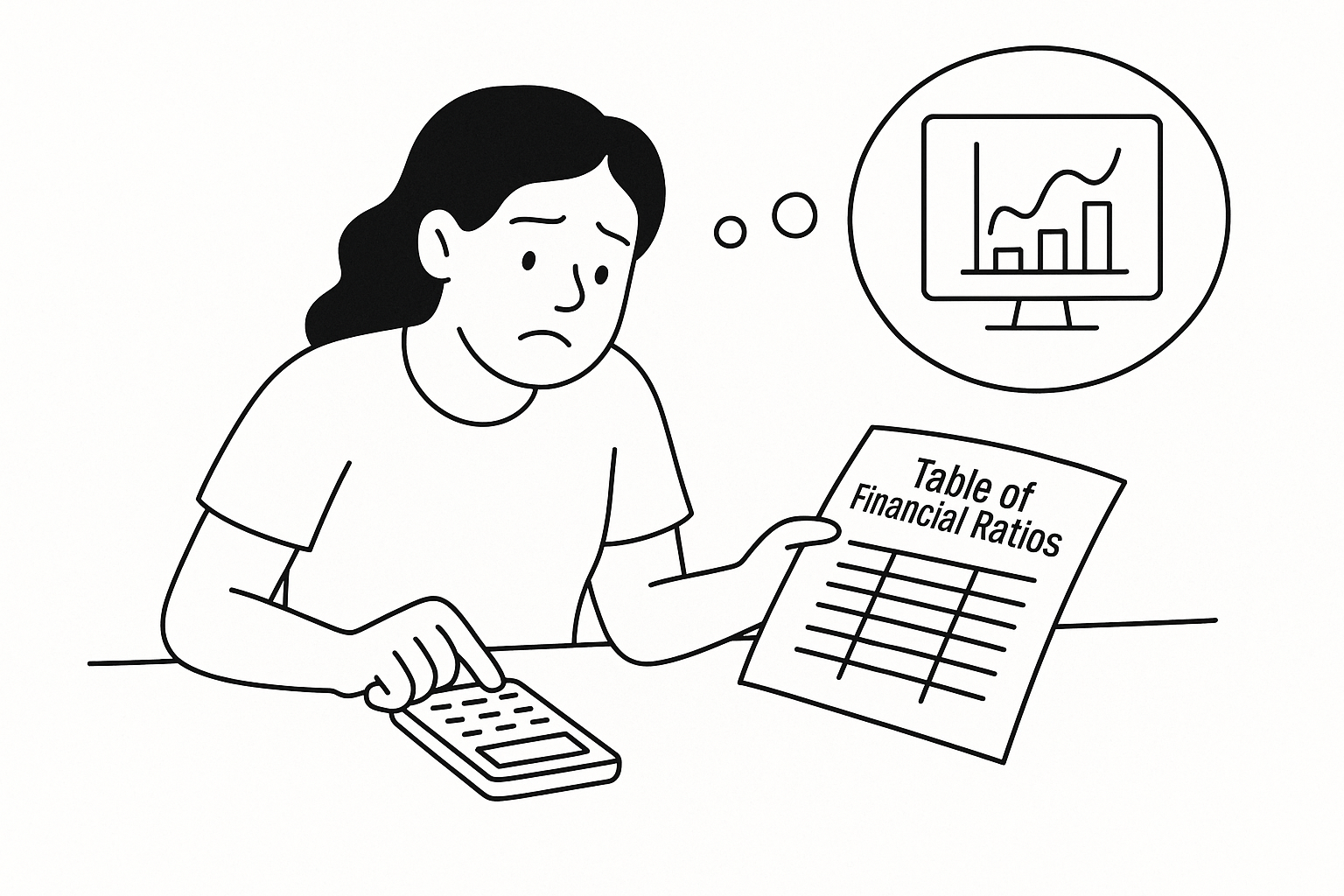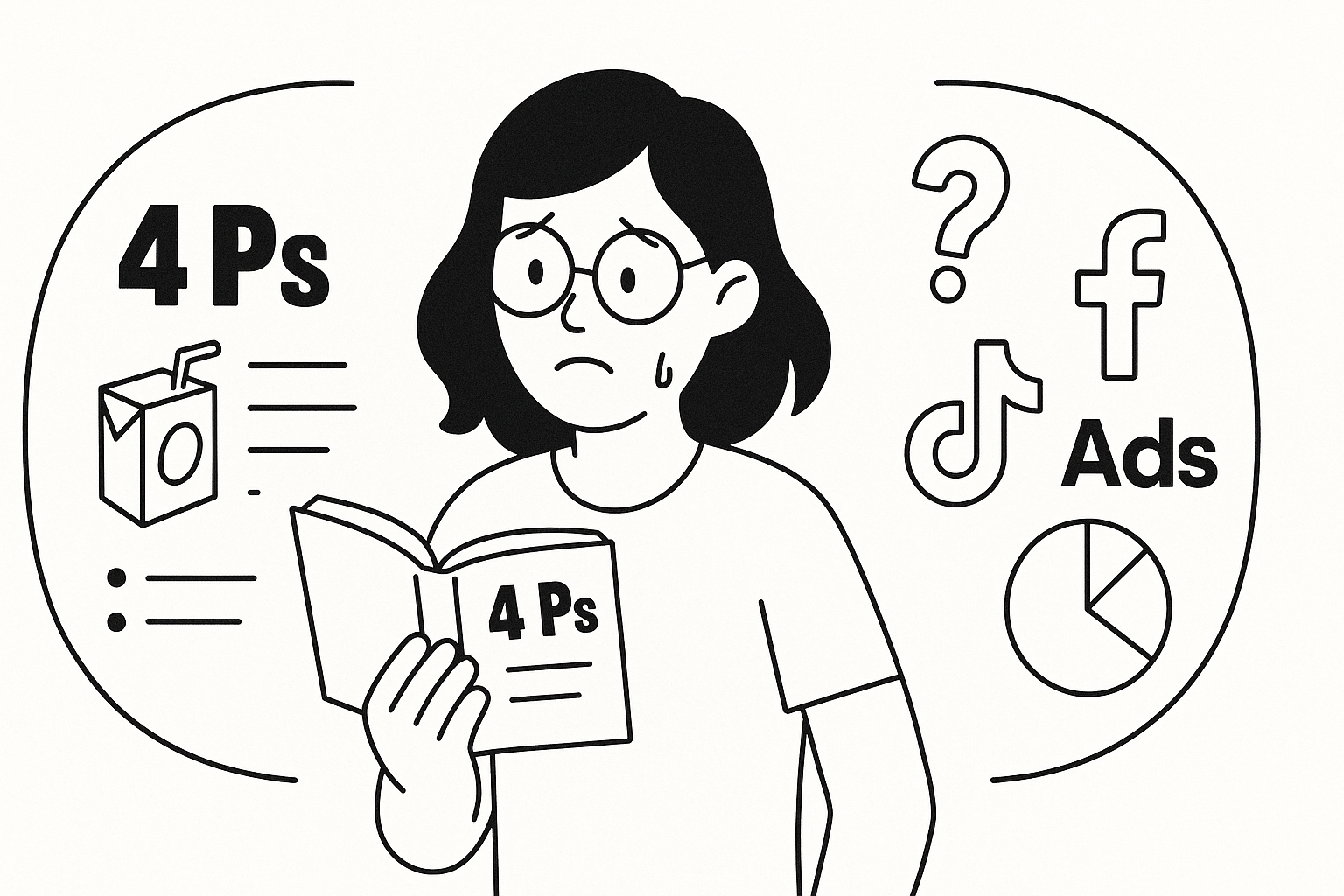
When Education Lags Behind Reality
The skills you need for work today might be outdated in six months—but schools are still teaching things from twenty years ago.
✦ Future Decoder ✦ bridges the "education gap" by offering tailored programmes that guide career path exploration and strengthen practical competencies.
.
Ensuring the right to be inspired isn’t a privilege, but a system.
Bridging the gap between knowledge hubs and underserved communities.
Making complex ideas visible and relatable for all children.
Widespread Edu-Job Mismatch
What Youth Learn ≠ What Employers Need
When Education Doesn’t Match the Job

In University: We built backend systems using Java, JDBC, and JSP without touching Git, frameworks, or cloud tools.
In Companies: Developers are expected to use Spring Boot, version control, APIs, and cloud-native architecture.
I spent weeks writing JSP, but no one told me it’s been dead for years.
— Words from a fresh graduate

In University: We spent hours manually calculating IRR and NPV using printed tables and formulas.
In Companies: Analysts use Excel, Python, and slides to tell data-driven stories and guide decisions.
We never learned how to tell a business story with numbers—I had to figure that out by myself.
— Words from a fresh graduate

In University: We studied the 4Ps and classic campaigns but never touched digital platforms or real tools.
In Companies: Marketers run ads on TikTok, optimize ROAS, manage content, and analyze data daily.
My job started with ad dashboards, but our classes never mentioned even one.
— Words from a fresh graduate
University course content leans towards theoretical demonstrations and historical tools, leading students to learn technologies, skills and knowledges that are either obsolete or solely used for teaching.
While these courses may help students grasp the basic principles, students are often left to navigate the ever-changing landscape on their own—and only those who happen to find effective ways of self-updating succeed beyond the classroom.
The Edu-Job Gap Is Substantial
Young People Feel Unprepared, while Companies Struggle to Find the Right Talent
of 16–25 year-olds are worried about their career prospects and lack confidence in their choices[1]
of students feel overwhelmed when entering the workplace because of a lack of experience and counterpart training[2]
of businesses say it is difficult to find young talent with strong soft skills[3]
of companies are hindered from innovating by a mismatch in talent skills and perceptions[4]
[2] OECD, “Preparing Youth for Work: What Works in Career Guidance and Employer Engagement,” 2021.
[3] Trvst, “Soft Skills Facts & Statistics,” 2022.
[4] Trvst, “Innovation and Skill Mismatches in the Workplace,” 2022.
GYDA Opens the Blueprint to Career Systems
We go beyond classroom interventions: by mapping how industries truly function, we build “Future Decoder” pipelines with sector leaders, giving young talent a clear route from curiosity to contribution.
Future Decoder Programme — Finance
Equipping the Next Generation of Financial Problem-Solvers
We are partnering with CCEF and senior market practitioners to reveal the inner workings of modern finance—showing students where the opportunities lie and how technology is reshaping every role.
- Landscape first: chart every major function, field, and automation risk in today’s finance ecosystem
- Curated tracks: follow learning paths designed by chief economists and front-office experts
- Hands-on Capstone Project with Internship: build an industry-grade model or product under guided mentorship


